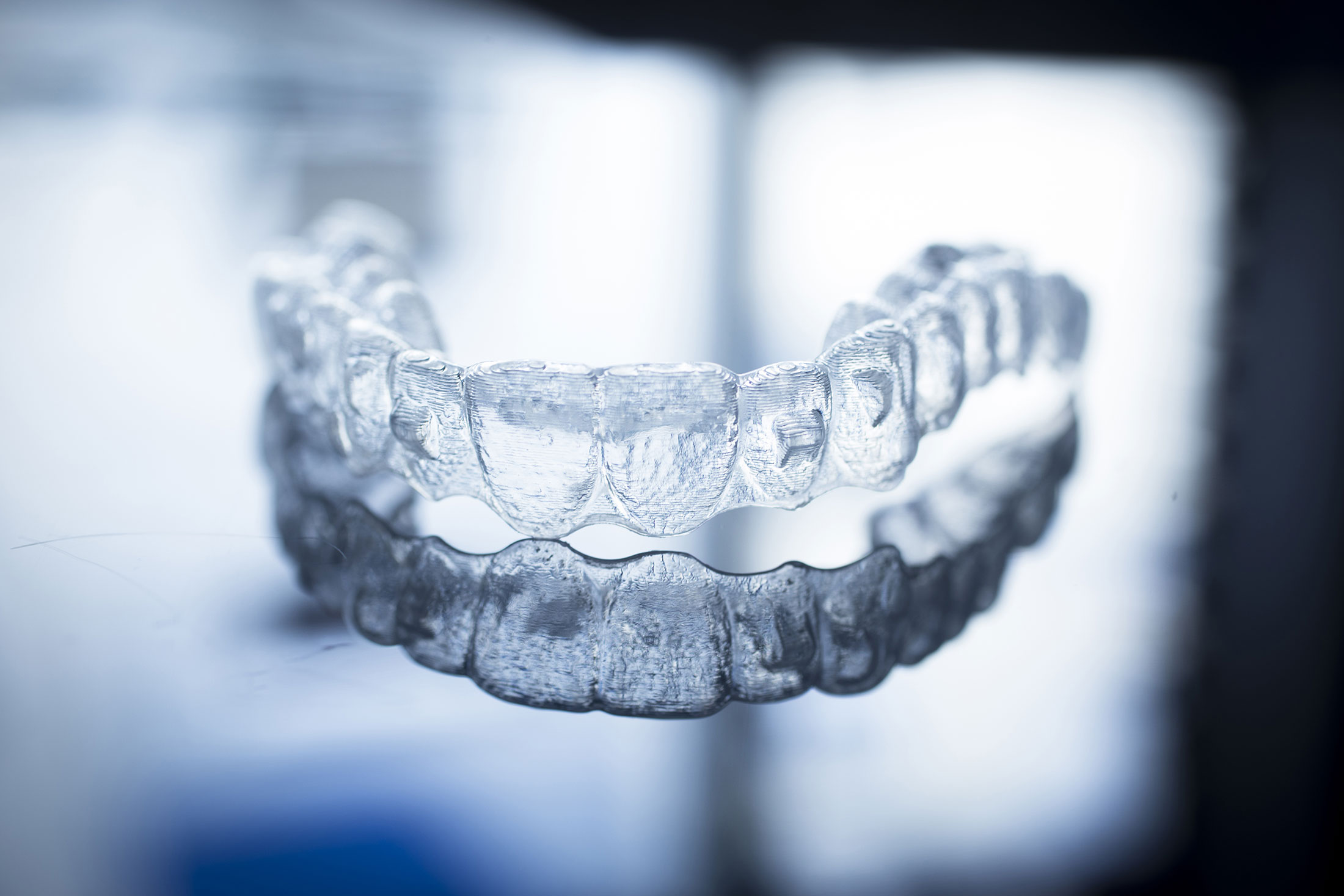Legacy Orthodontics Things To Know Before You Get This
Legacy Orthodontics Things To Know Before You Get This
Blog Article
Our Legacy Orthodontics Statements
Table of ContentsAn Unbiased View of Legacy OrthodonticsLegacy Orthodontics for BeginnersGetting The Legacy Orthodontics To WorkLittle Known Facts About Legacy Orthodontics.Legacy Orthodontics Things To Know Before You Buy
At Advanced Orthodontics, we give clients with a alternative therapy experience. In addition, we use adjustable treatment routines, versatile repayment choices and an enjoyable, satisfying experience. leesburg braces. Call ( 480) 357-4900 today for even more details and routine an appointment.An orthodontist is a dental expert trained to diagnose, prevent, and treat teeth and jaw irregularities. They correct existing problems and are educated to identify troubles that might create in the future. Orthodontists collaborate with people of any ages, from children to adults. People commonly associate a best smile with good health and wellness.
Malocclusion, or misaligned teeth, can cause oral issues, consisting of dental caries, gum illness, and challenging or unpleasant eating. But not everybody is born with straight teeth. If you have a poor bite or big areas between your teeth, you may desire to seek advice from a dentist concentrating on orthodontic treatment.
Legacy Orthodontics Things To Know Before You Buy
( Picture Credit History: DigitalVision/Getty Images) Orthodontists utilize fixed and removable oral tools, like braces, retainers, and bands, to change the position of teeth in your mouth. Orthodontic treatment is for oral problems, consisting of: Uneven teethBite issues, like an overbite or an underbiteCrowded teeth or teeth that are too much apartJaw misalignmentThe objective of orthodontic treatment is to enhance your bite.
A healthy and balanced bite ensures you can consume, eat, and speak effectively. While you could consider orthodontists as mostly for children or teenagers who require dental braces, they can correct dental problems at any age. Orthodontists participate in college, oral school, and orthodontic school. After graduation, they spend 2 or 3 years in an orthodontic residency program.
, yet not all dental professionals are orthodontists. They focus on two areas: Just how to appropriately and safely move teeth How to properly lead development in the teeth, jaw, and faceOnce an orthodontist has finished training, they have the alternative to end up being board accredited.
The Greatest Guide To Legacy Orthodontics
Imbalance, or malocclusion, is the most common factor people see an orthodontist. It is genetic and is the result of size differences in between the upper and reduced jaw or between the jaw and teeth. Malocclusion brings about tooth congestion, an askew jaw, or irregular bite patterns. Malocclusion is generally treated with: Your orthodontist affixes steel, ceramic, or plastic square bonds to your teeth.
Some individuals require a headwear to aid move teeth right into line with stress from outside the mouth. A retainer is a customized tool that maintains your teeth in place.
They can create added area in the mouth without having to pull teeth. Orthodontists use cords, medical screws, or plates to sustain your jaw bone.
You might need to see an orthodontist if you have: Crowding or otherwise sufficient area for all of your teethOverbite, when your upper teeth come your base teethUnderbite, when your base teeth are also far forwardSpacing or concerns with gapsCrossbite, which is when your top teeth fit behind your bottom teeth when your mouth is closedOpen bite or an upright space recommended you read in between your front base and top teethMisplaced midline, when the center of your bottom and upper teeth do not align Correcting a dental malocclusion can: Make attacking, chewing, and talking easierImprove the balance of our face and your general appearanceEase pain from temporomandibular joint disordersSeparate your teeth and make them less complicated to clean, assisting stop dental caries or cavities It's frequently a dental practitioner that initially notifications misaligned teeth throughout a regular exam.
Legacy Orthodontics Can Be Fun For Anyone

Throughout your initial orthodontic examination, you'll likely have: An oral examPhotos taken of your face and smileDental X-raysPanoramic (360 degree) X-rays of your face and headImpressions to develop mold and mildews of your teethThese examinations will help your orthodontist understand exactly how to proceed with your treatment. braces. An orthodontist is a dental practitioner who's had training to treat your teeth and jaw
An orthodontist is focused on your bite, so something like a damaged tooth would certainly be handled by a dental professional. Orthodontists are concentrated on your bite, or the way your teeth fit with each other, and the straightness of your teeth.
Ever before questioned exactly how celebs always appear to have perfectly aligned teeth? Orthodontists are oral professionals that focus on remedying irregularities in the teeth and jaws.
5 Simple Techniques For Legacy Orthodontics

, orthodontists have a diverse toolkit at their disposal. These reliable dental braces make use of a system of braces bound to the teeth and connected by wires.
These detachable trays are custom-made to progressively change the teeth's placement. In instances of narrow jaws, palatal expanders can be utilized to create room for appropriate tooth alignment.
Report this page